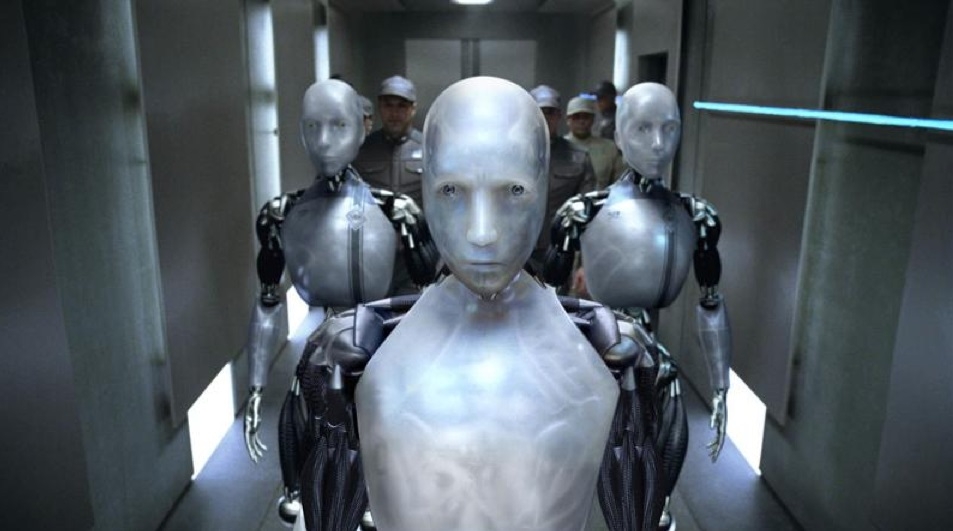
Putting the “Science” in “Science Fiction” – Robotic Muscles
Earlier this year I talked about giant robots, and the many technical challenges that have prevented them from being put into production. Although there are many reasons why creating a giant robot is difficult, the major one has always been how to make it move. Robots tend to rely on hydraulics and pneumatics, which use pressurized fluids or compressed air to force pistons to move. Unfortunately, these systems are heavy, energy-intensive, and tend to create jerky movements that make them unable to duplicate the smooth movement of living organisms. Another surprising flaw with these systems is that they are comparatively weak when compared with natural systems.
This is surprising because the average hydraulic or pneumatic machine is capable of handling much heavier weights than a human being; however, simply how much weight can be lifted is not truly indicative of strength. The best indication of strength is what percentage of its own weight a machine or organism can lift, and by this measure robots are actually relatively weak. The average hydraulic or pneumatic system is only capable of lifting half its own weight, requiring such a system to be very large and heavy in order to lift heavy loads. In comparison, the world’s strongest man, Brian Shaw, claimed his title by being able to lift 509 kg, which was more than 2½ times his own 200-kg body weight. This is an astounding feat, but falls far short of nature’s record, which belongs to the humble dung beetle. This tiny creature is able to lift an amazing 1,141 times their own body weight, and shows that robots will require a massive leap in strength before they can compare to natural beings.
The problem of creating stronger and more efficient machines has vexed engineers and inventors for decades, but a breakthrough was recently made that has the potential to change robotics entirely. Researchers at the National University of Singapore were given the Promising International Researcher Award for the creation of a series of electroactive polymers that operate like human muscles, capable of extending to five times their original length and lifting 80 times their own weight. This new material is an enormous improvement over conventional mechanical systems, and consists of a flexible material that expands and contracts in response to electrical impulses. The researchers explained that even this massive improvement is only the first step, and that it is theoretically possible for this type of muscle to be improved until it is able to lift a bewildering 500 times its own weight. Besides the increase in lifting power, these artificial muscles will also be capable of much finer and more precise movements than current systems, allowing robots to move more fluidly. While this technology is identical to the Myomer of the BattleTech universe, it seems that implementing it will not lead the lumbering Battlemechs that are so iconic to that series. Rather, it seems likely that robots will become faster and more agile as they increase in strength, becoming more like the NS-5’s from the film I, Robot.
The creation of stronger and more agile robots is impressive enough, but this technology has even more far-reaching possibilities. Once electroactive polymers become widely available, they could completely replace conventional hydraulic and pneumatic systems, increasing the strength and precision of everything from cranes and garbage trucks to powered exoskeletons and bionic replacement limbs. Besides the mechanical benefits of these new artificial muscles, they are also far more energy-efficient than conventional systems, and thus will be able to operate with smaller batteries or generators. The energy advantage of these artificial muscles goes beyond simply using less power: they actually create energy as a side-effect of their operation. The technology’s inventors have proposed the surprising possibility of using these muscles as a form of power generation, and estimate that a 10-kg artificial muscle system could create the same amount of energy as a one ton electrical turbine. This would enormously increase the efficiency of power generation and help provide the energy that many advanced technologies, including giant robots, will require. The potential of artificial robotic muscles is astounding, and as they become widely available, it will be fascinating to watch how technology as a whole changes because of them. The future of this technology looks very bright, and as time goes on, even more potential uses for it will likely be discovered.












